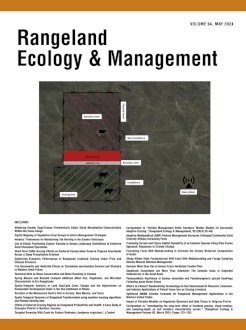Globally, land use and land cover change (LULCC) is recognized as posing a substantial environmental challenge with lasting and severe consequences. This study quantified LULCC within the Vea catchment area spanning 24 years, from 1998 to 2022. Landsat TM imagery from 1998, ETM+ imagery from 2006, and Landsat 8 OLI imagery from 2014 to 2022 were used. A supervised classification algorithm was employed to classify the LULC classes. The findings reveal a notable transformation in the Vea catchment area from 1998 to 2022, primarily by converting grassland to cropland. Agricultural activities emerged as a significant contributor to the observed LULCC trend. Notably, cropland expanded from 10.9% to 51.98% between 1998 and 2022, while grassland and mixed vegetation/forest areas decreased from 54.8% to 18.14% and 31.7% to 22.73%, respectively. These results, it is argued, underscore the potential implications for achieving the targets set by the UN's Sustainable Development Goals.
How to translate text using browser tools
17 May 2024
Spatio-Temporal Analysis of Land Use/Land Cover Change and the Implications on Sustainable Development Goals in the Vea Catchment of Ghana
Gemechu Fufa Arfasa,
Ebenezer Owusu-Sekyere,
Dzigbodi Adzo Doke
ACCESS THE FULL ARTICLE

Rangeland Ecology and Management
Vol. 94 • No. 1
May 2024
Vol. 94 • No. 1
May 2024
geospatial technique
Ghana
Landsat image
LULC
Vea catchment




